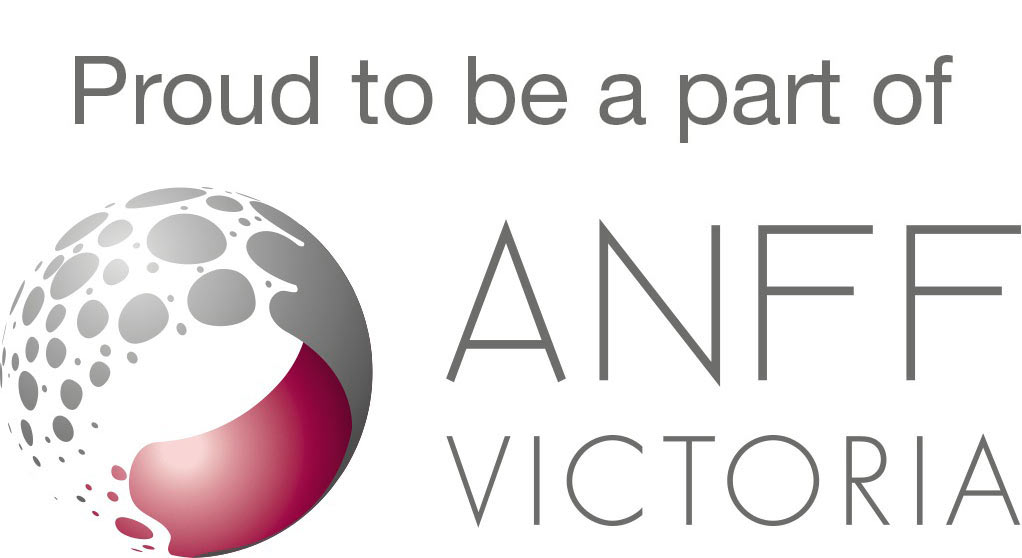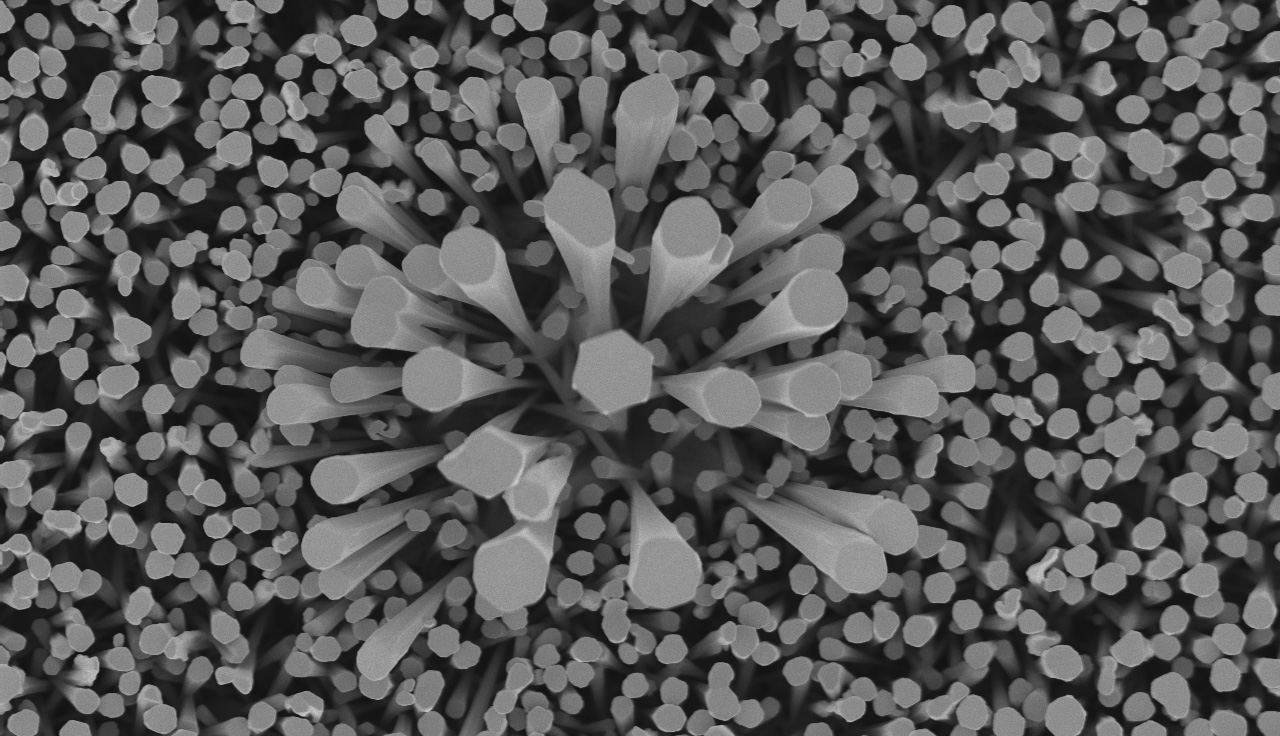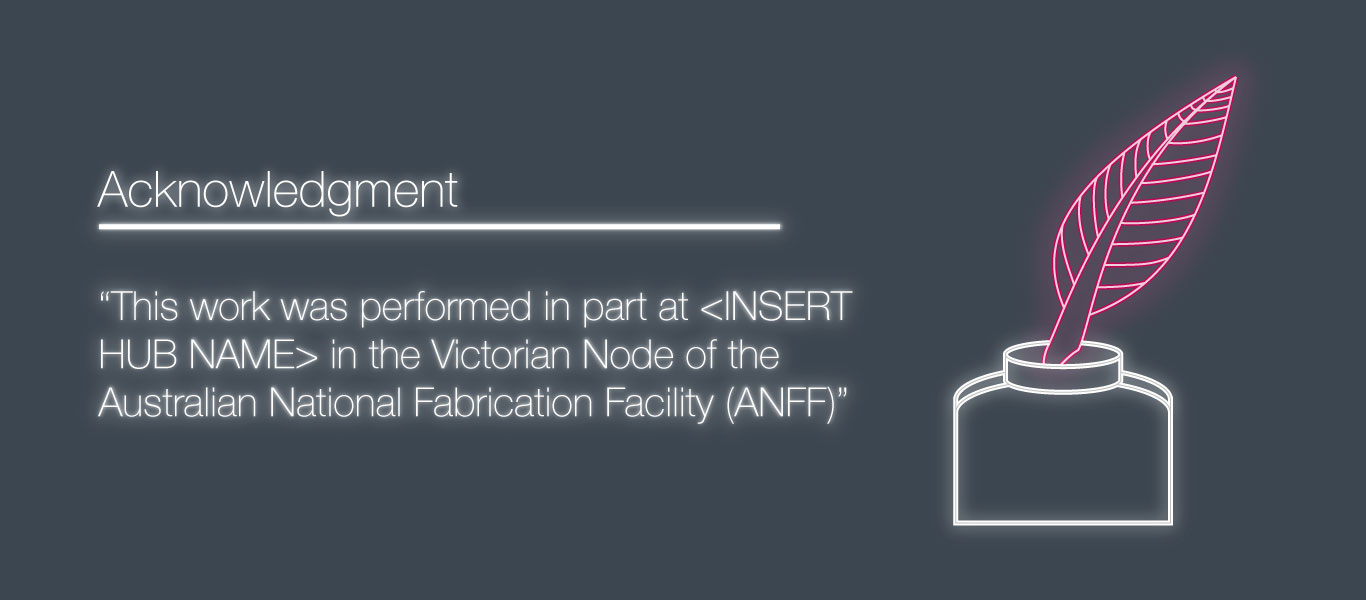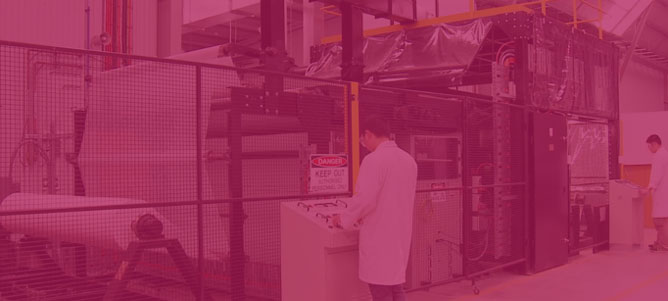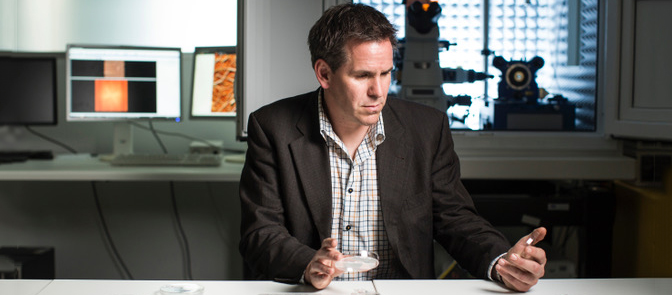2017 ANFF-VIC Image of the Year Competition
The 2017 ANFF-VIC Image of the Year Competition is now open for submissions.
The deadline is 12 January 2018, the winner will be announced in February 2018.
The winner will receive a $200 cash prize as well as recognition through our media channels and featured placement on Nanomelbourne.com.
Submissions are now open – send your high-resolution images of work conducted within ANFF-VIC in jpg, png or tif format to mcn-images@nanomelbourne.com with a short description of the image, where it was taken and any relevant publications.
These images will be printed in a large poster format, so unfortunately only print-quality images will be considered.
This year’s competition will again be decided by the public. Following an internal shortlisting process we will upload the images to our twitter page, @Nanomelb, and the image with the most likes and shares will win.
All users are eligible and there is no limit to the number of times that you can enter, so dust off that right hemisphere and get submitting!
ANFF-VIC’s first “Publication of the Year” has also just been announced – make sure you’re acknowledging the node correctly in all papers in order to be considered. Please use the following in the acknowledgement section of any papers:
“This work was performed in part at the Melbourne Centre for Nanofabrication (MCN) in the Victorian Node of the Australian National Fabrication Facility (ANFF).”
Publication of the Year 2017
ANFF-VIC is launching its Publication of the Year award, the winner will receive a $200 cash prize.
The winner will be announced in February 2018.
Any peer-reviewed paper that was published in 2017 with the correct ANFF-VIC acknowledgement is automatically entered. Judging will be conducted by an internal team, led by ANFF-VIC Director, Prof Nico Voelcker. The team will assess publications based upon presentation, clarity and impact.
Papers must have the correct ANFF-VIC acknowledgement to be considered – use of this acknowledgement also entitles you to $200 user credit off a future MCN quote.
There’s still time! Make sure any published work that was conducted within ANFF-VIC contains the acknowledgement and let us hear about it! Please use the following in the acknowledgement section of any papers:
“This work was performed in part at the Melbourne Centre for Nanofabrication (MCN) in the Victorian Node of the Australian National Fabrication Facility (ANFF).”
Submissions are now also open for ANFF-VIC’s Image of the Year award. Click here for details.
Publication Covers Incentive Announced
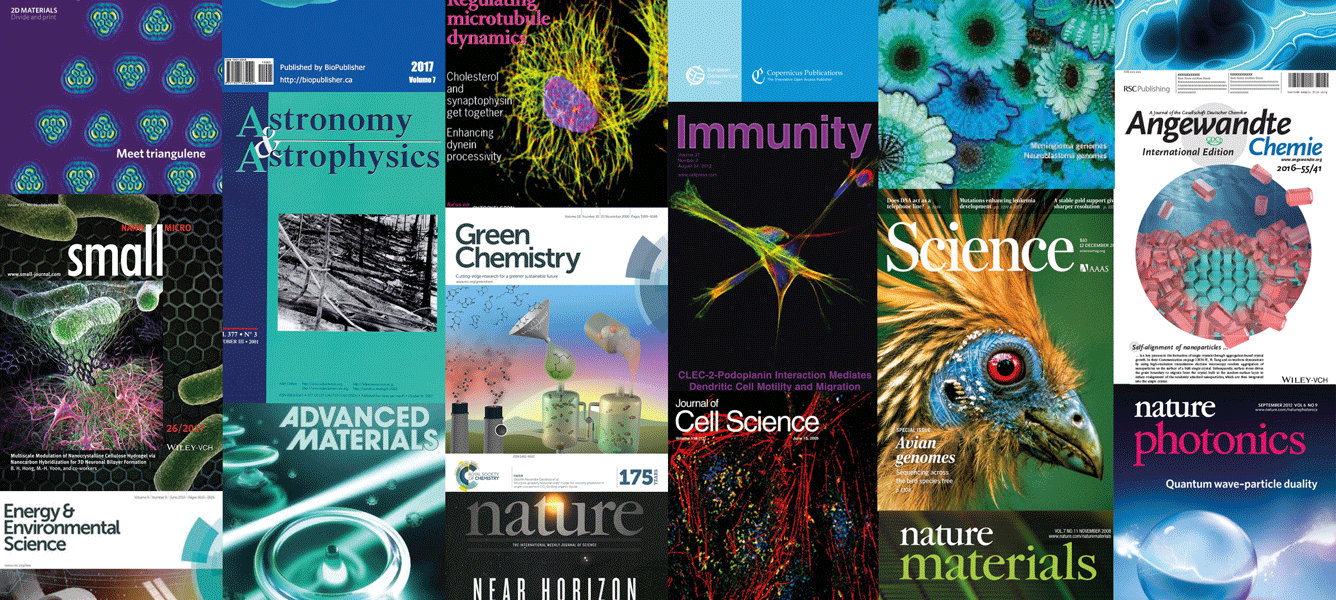
ANFF-VIC is launching a $500 user credit reward for users who have their research featured as the front cover of a peer-reviewed journal. This incentive is in addition to the $200 user credit for correct acknowledgement of ANFF-VIC equipment.
It’s a big achievement to have one’s work featured on the cover of a scientific journal, and it’s something that ANFF-VIC would like to celebrate. Any cover art published in 2017 is valid, as well as any that are published for the rest of the year.
To qualify for the user credit, papers must be featured as the front cover art of a peer-reviewed journal and contain the correct ANFF-VIC acknowledgement. Please use the following in the acknowledgement section of any papers:
“This work was performed in part at the Melbourne Centre for Nanofabrication (MCN) in the Victorian Node of the Australian National Fabrication Facility (ANFF).”
ANFF-VIC is also asking all users who have had their work featured as the front cover of a journal to get in touch – we want to help you promote your work! Email mcn-images@nanomelbourne.com with a pdf version of the cover and a link.
ANN announce ANFF Short Term Visits program
The Australian Nanotechnology Network (ANN) has just announced a new grants system that will enable members to travel to the centres within the Australian National Fabrication Facility (ANFF).
The grant covers up to $1,000 in travel and accommodation for successful applicants. To qualify for the grant, the applicant must: be a postgraduate student or early career researcher currently studying/working in Australia in the area of nanotechnology; be a member of ANN; and have documented support from Supervisor and ANFF Node Director/Manager.
The Australian Nanotechnology Network is open to all Australian researchers interested in nanotechnology (physical sciences based) including Ph.D. students and early career researchers.
There are currently eight ANFF Nodes across 19 universities in Australia, housing open-access tools and expertise for researchers. The Melbourne Centre for Nanofabrication is home to ANFF’s National Heaquarters.
Head to the ANN Website for more information.
Publications highlights
Here’s a selection of ANFF-VIC’s most recent publications:
An Enzyme-Coated Metal–Organic Framework Shell for Synthetically Adaptive Cell Survival
Journal: Angewandte Chemie
Authors: K. Liang, J. Richardson, C. Doonan, X. Mulet, Y. Ju, J. Cui, F. Caruso, and P. Falcaro
Journal: Angewandte Chemie
Authors: W. Mao, J. Zheng, Y. Zhang, A. Chesman, Q. Ou, J. Hicks, F. Li, Z. Wang, B. Graystone, T. Bell, M. Rothmann, N. Duffy, Y. Cheng, L. Spiccia, Q. Bao, and U. Bach
Porous PDMS structures for the storage and release of aqueous solutions into fluidic environments
Journal: Lab on a Chip
Authors: P. Thurgood, S. Baratchi, C. Szydzik, A. Mitchell and K. Khoshmanesh
Luminescence of a Transition Metal Complex Inside a Metamaterial Nanocavity
Journal: Small
Authors: T. Connell, S. Earl, C. Ng, A. Roberts, T. Davis, J. White, A. Polyzos, and D. Gómez
Environmentally Mediated Coherent Control of a Spin Qubit in Diamond
Journal: Physical Review Letters
Authors: S. Lillie, D. Broadway, J. Wood, D. Simpson, A. Stacey, J. Tetienne and L. Hollenberg
Online database provides chemical spectra to the masses
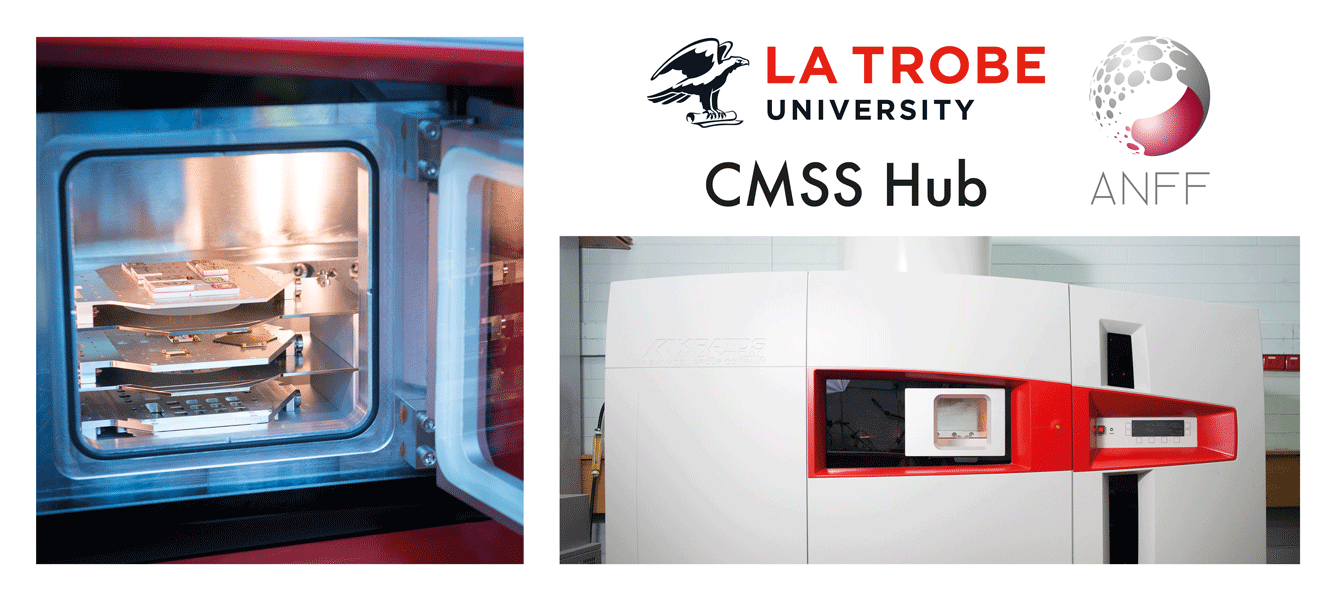 La Trobe University’s Centre for Materials and Surface Science (CMSS) has unveiled a new open-access online database of XPS spectra, providing a global reference point of in-depth materials analysis to researchers from around the world.
La Trobe University’s Centre for Materials and Surface Science (CMSS) has unveiled a new open-access online database of XPS spectra, providing a global reference point of in-depth materials analysis to researchers from around the world.
After little more than a month of being available, XPSSurfA already comprises more than 100 datasets, translating to 1,500 individual spectra resulting from more than 1,000 hours of instrument time.
The reference data collection held by the CMSS has applications across fields ranging from advanced manufacturing to medicine, and from engineering to biosensing. The ultimate objective of the project is to share well-described, discoverable, and reusable sets of surface science data.
Using a Kratos Analytical AXIS Nova instrument, part of CMSS’ suite of capabilities available to ANFF users, the database creates a standard set of results for researchers from around the world to compare their own findings with.
Users select the relevant materials, and view, rescale and analyse the spectra, all within the browser window.
In addition to the datasets, the full measurement procedure is described through ANFFHub, a recipe database platform available to all.
All XPSSurfA records and data files in the database are available via Open Access under a Creative Commons Attribution Non-Commercial (CC BY-NC) 4.0 International License. This means any data file in the database can be downloaded to view, reuse, compare and publish alongside the user’s own research with appropriate attribution.
The XPSSurfA database is an initiative led by CMSS with the support of the NCRIS-funded organisations, the Australian National Data Service (ANDS) and the Nectar Cloud.
Find the database here: https://cmsshub.latrobe.edu.au/xpsdatabase
General Induction date changes for August
The General Induction & Dangerous Goods Waste Management Induction scheduled for Monday, 7th August have been rescheduled.
Please check our Inductions and Training page for more information on upcoming training.
Seminar: Electrospinning at Deakin University
Date: 11:00-12:00 26 July 2017 Location: Melbourne Centre for Nanofabrication,
151 Wellington Road,
Clayton, 3168, Victoria
ANFF-VIC presents a series of talks at the Melbourne Centre for Nanofabrication on the electrospinning capabilities available at Deakin University’s Institute for Frontier Materials (IFM).
Register here via Eventbrite.
Electrospinning is a technique that uses electrostatic forces to draw out nanometre-wide fibres which can then be transformed into versatile materials. Applications for these nanofibres include filtration, smart fabrics, and battery technology.
The ANFF equipment available at the IFM includes two electrospinning machines – a lab-scale batch production system and a nine-metre-long, industrial-scale system capable of continuously producing two-metre-wide sheets at a rate of approximately 2kg/hour.
Speaker 1: Dr Hao Shao
Instrument Specialist – IFM
Introduction of coil-based needleless electrospinning machines
Dr Hao Shao is currently working as an Instrument Specialist in charge of needleless electrospinning machine maintenance, training and promotion work. He received his PhD the IFM, specialising in the development of mechanical-to-electrical energy harvesters, electrospinning technique and electrospinning machines.
Speaker 2: Dr Jian Fang
Research Fellow – IFM & ACES
Electrospun Nanofibres and Their Application in Mechanical-to-Electrical Energy Conversion
Dr Jian Fang is an expert on fibrous materials, electrospinning and electrospun nanofibres. His current research mainly focuses on electro-active fibrous materials for energy, environment protection and biosensing applications.
Speaker 3: Dr Haitao Niu
Research Fellow – IFM
Applications of electrospun nanofibres in supercapacitor and air filtration
Dr Haitao Niu’s research is in the area of advanced electrospinning, nanofibre industrialisation, nanofibre functionalisation and application.
